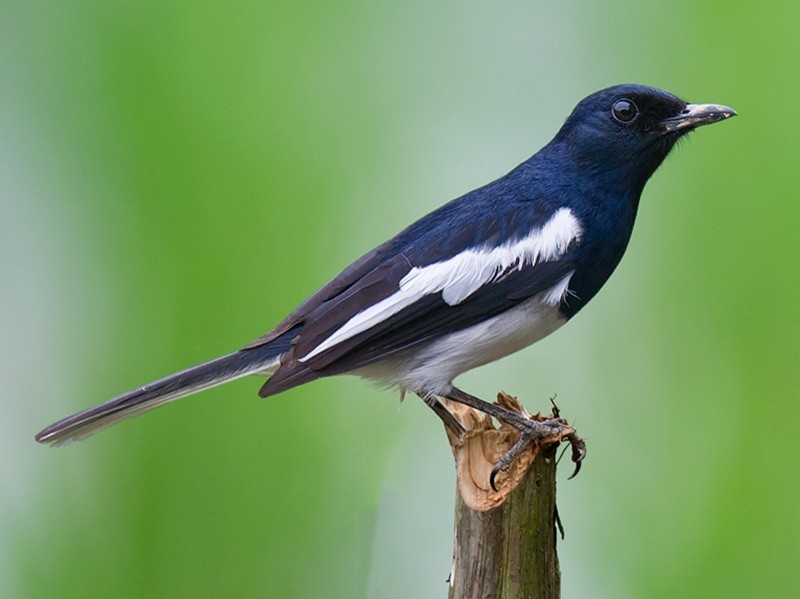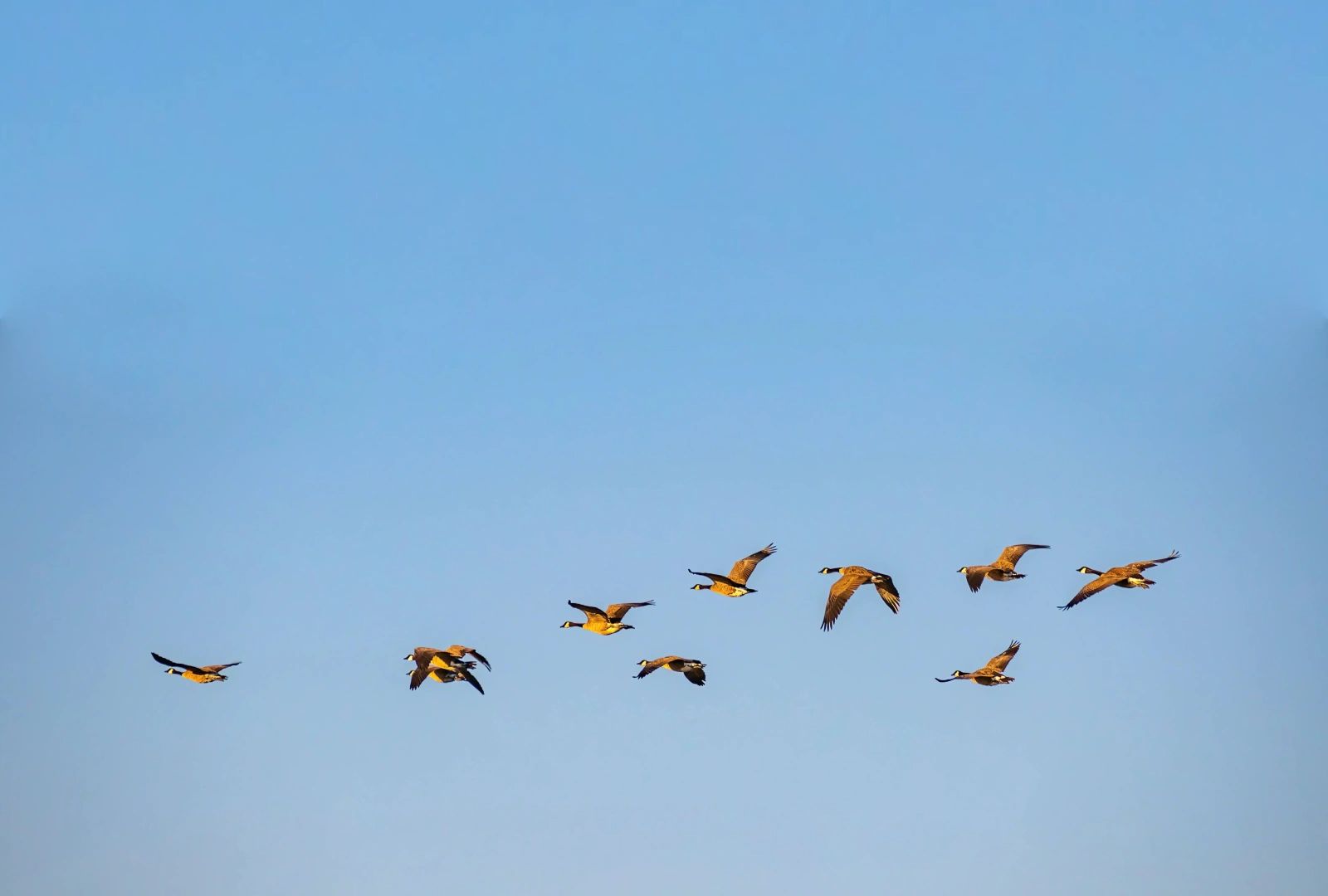
Birds In The Park
Some of the birds in our Seed park, how many can you spot?
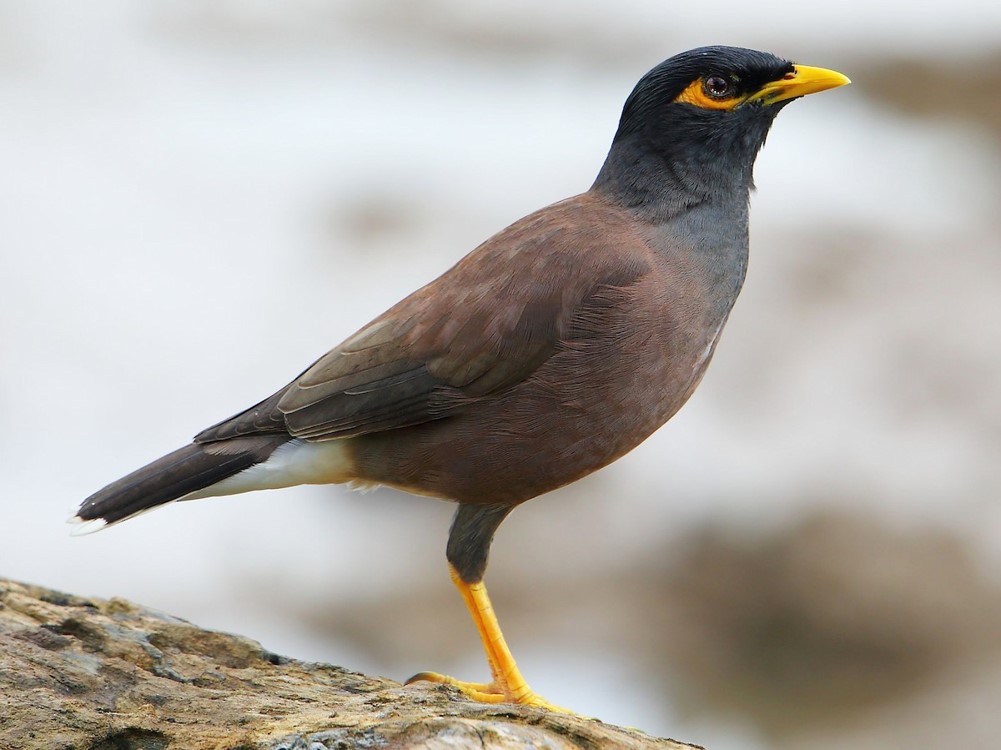
Common Myna
Scientific Name: Acridotheres Tristis
The common myna or Indian myna is a member of the Sturnidae family (starlings and mynas) native to Asia. An omnivorous open woodland bird with a strong territorial instinct.
Readily identified by the brown body, black hooded head and the bare yellow patch behind the eye. The bill and legs are bright yellow. There is a white patch on the outer primaries and the wing lining on the underside is white. The sexes are similar in appearance and these birds are usually seen in pairs.
Intermediate Egret
Scientific Name: Ardea intermedia
The intermediate egret, median egret, smaller egret, or yellow-billed egret (Mesophoyx intermedia) is a medium-sized heron.
This bird can grow to 56 – 72 cm long, with a 105 – 115 cm wingspan. They have an all-white plumage, generally dark legs and a thick yellow bill. Breeding birds may have a reddish or black bill, greenish yellow gape skin, loose filamentous plumes on their breast and back, and dull yellow or pink on their upper legs (regional variations). The sexes are similar.
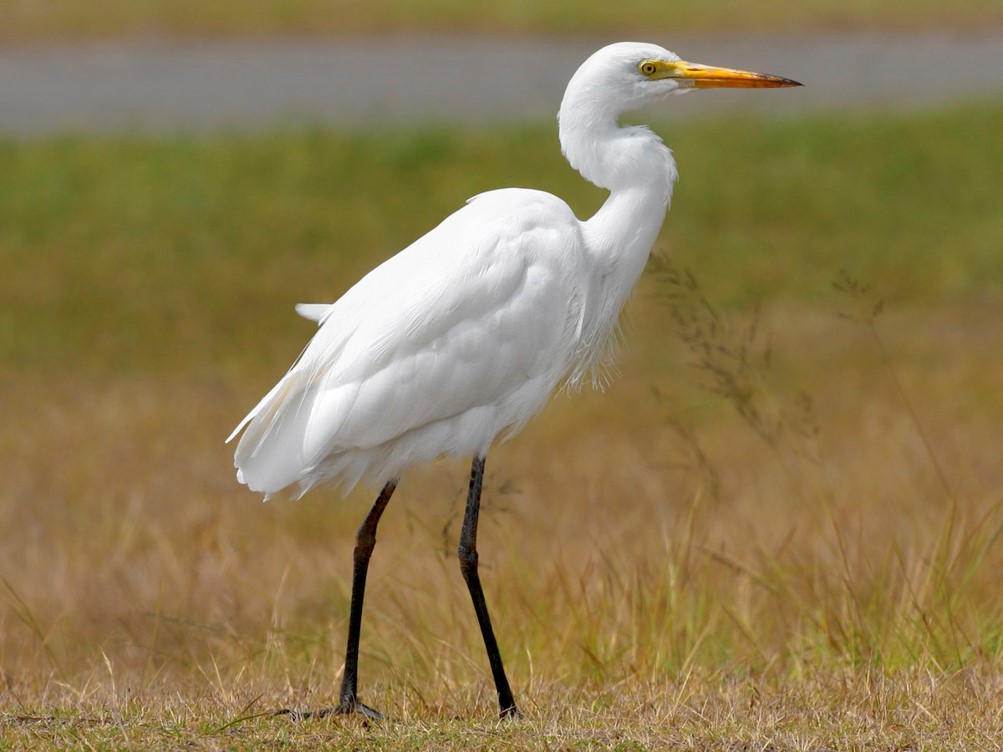
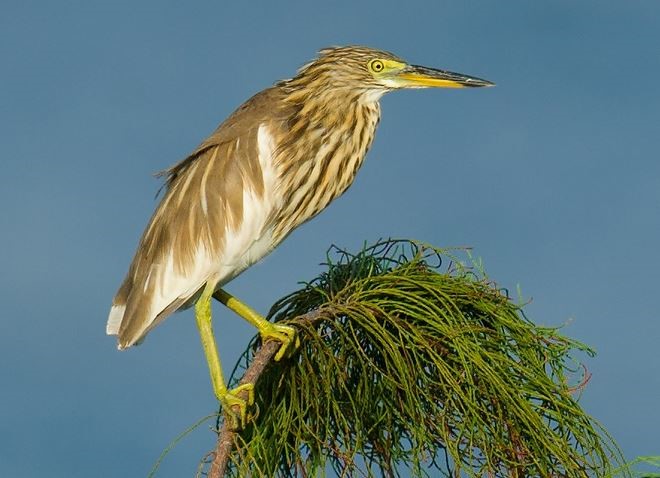
Chinese Pond Heron
Scientific Name: Ardeola bacchus
The Chinese pond heron is an East Asian freshwater bird of the heron family (Ardeidae).
They can grow up to 47 cm long with white wings, a yellow bill with a black tip, yellow eyes and legs. Its overall colour is red, blue and white during breeding season, and greyish-brown and flecked with white at other times.
It is found in shallow fresh and salt water wetlands and ponds in China and adjacent temperate and subtropical South East Asia
Rock Pigeon
Scientific Name: Columba livia
The rock dove, rock pigeon, or common pigeon is a member of the bird family Columbidae (doves and pigeons). In common usage, this bird is often simply referred to as a “pigeon”.
Wild rock pigeons are pale grey with two black bars on each wing, whereas domestic and feral pigeons vary in colour and pattern. They feed on the ground in flocks or individually and are naturally granivorous, eating seeds that can fit down their gullet. They may sometimes consume small invertebrates such as worms or insect larvae as a protein supplement.
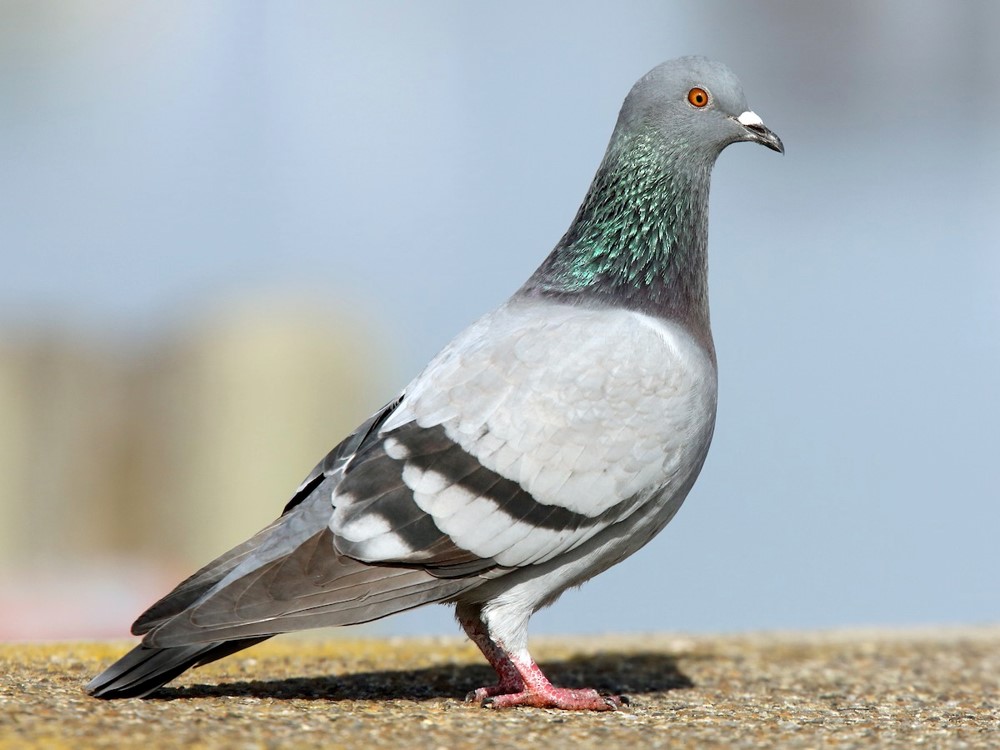
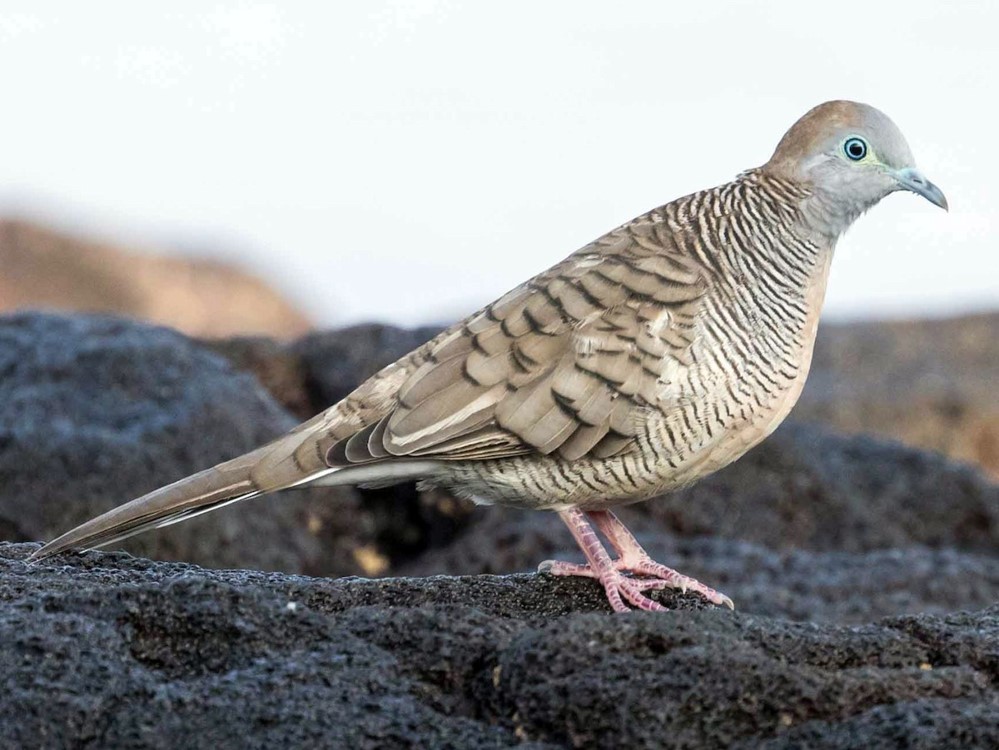
Zebra Dove
Scientific Name: Geopelia Striata
The zebra dove is also known as a barred ground dove, is a member of the Columbidae bird family and native to Southeast Asia. They are small birds with a long tail, predominantly brownish-grey in colour with black-and-white barring.
They are known for their pleasant soft, staccato cooing calls., which is a series of soft, staccato cooing notes. In Thailand and Indonesia, the birds are popular as pets because of their calls and cooing competitions are held to find the bird with the best voice.
The zebra dove feeds on small grass, weed seeds and also eat insects or other small invertebrates. They prefer to forage on bare ground, short grass or on roads, scurrying about with rodent-like movement.
Common Kingfisher
Scientific Name: Alcedo Atthis
The common kingfisher, also known as the Eurasian kingfisher and river kingfisher. This sparrow-sized bird has the typical short-tailed, large-headed kingfisher profile; it has blue upperparts, orange underparts and a long bill. It feeds mainly on fish, caught by diving, and has special visual adaptations to enable it to see prey under water.
The bird hunts from a perch 1 – 2 m above the water, on a branch, post or riverbank, with its bill pointing down as it searches for prey. It bobs its head when food is detected to gauge the distance and plunges steeply down to seize its prey usually no deeper than 25 cm below the surface.
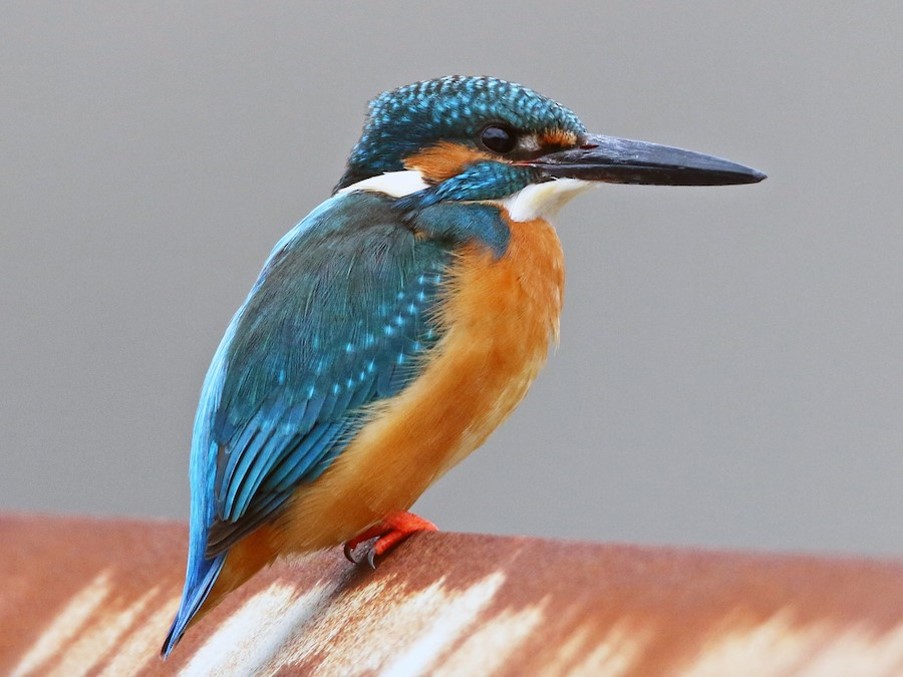
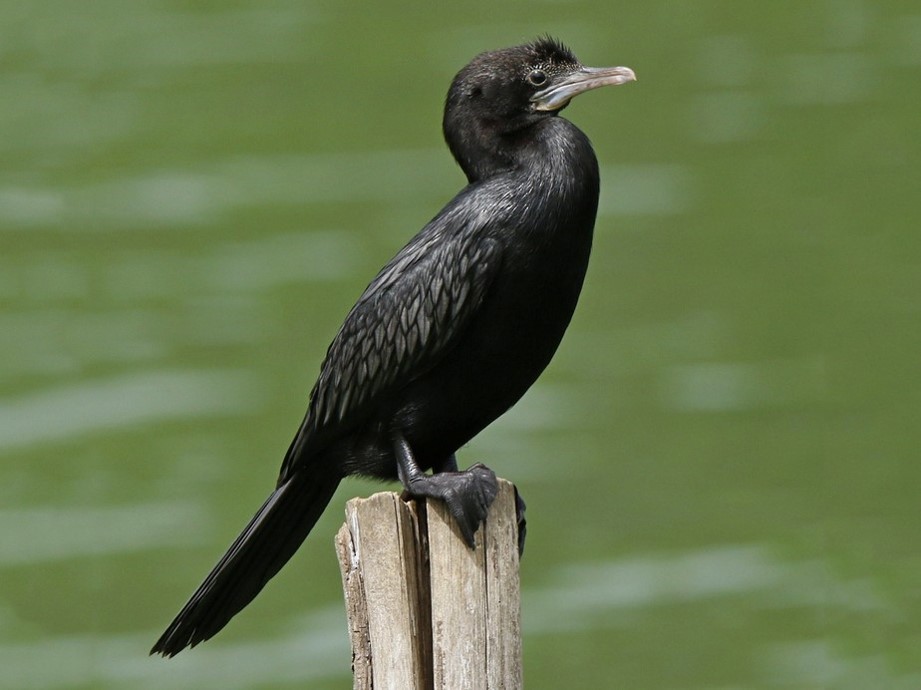
Little Cormorant
Scientific Name: Microcarbo Niger
The little cormorant forages individually or sometimes in small groups in lowland freshwater bodies, including small ponds, large lakes, streams and sometimes coastal estuaries.
Like other cormorants, it is often found perched on a waterside rock with its wings spread out after coming out of the water. The entire body is black in the breeding season but the plumage is brownish, and the throat has a small whitish patch in the non-breeding season.
White-Breasted Waterhen
Scientific Name: Amaurornis Phoenicurus
The white-breasted waterhen is a waterbird of the rail and crake family, Rallidae, that is widely found throughout South and Southeast Asia.
Adult white-breasted waterhens have mainly dark grey upperparts and flanks, and a white face, neck and breast, They have long toes, a short tail and a yellow bill and legs.
They probe with their bill in mud or shallow water, also picking up food by sight. They mainly eat insects, small fish, aquatic invertebrates and grains or seeds.
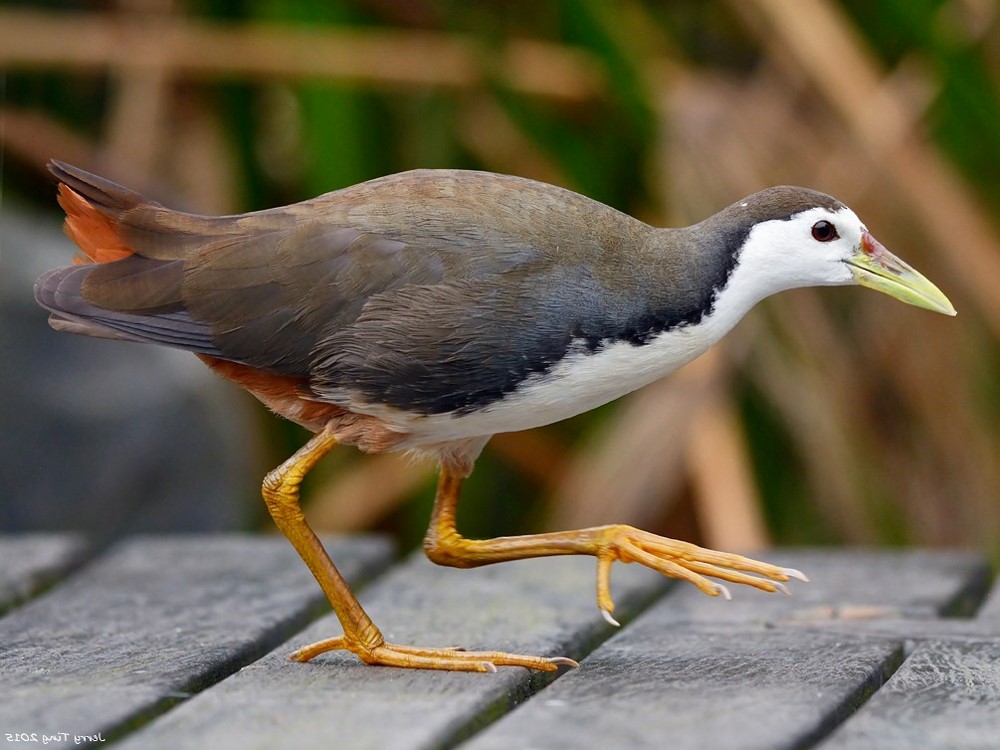
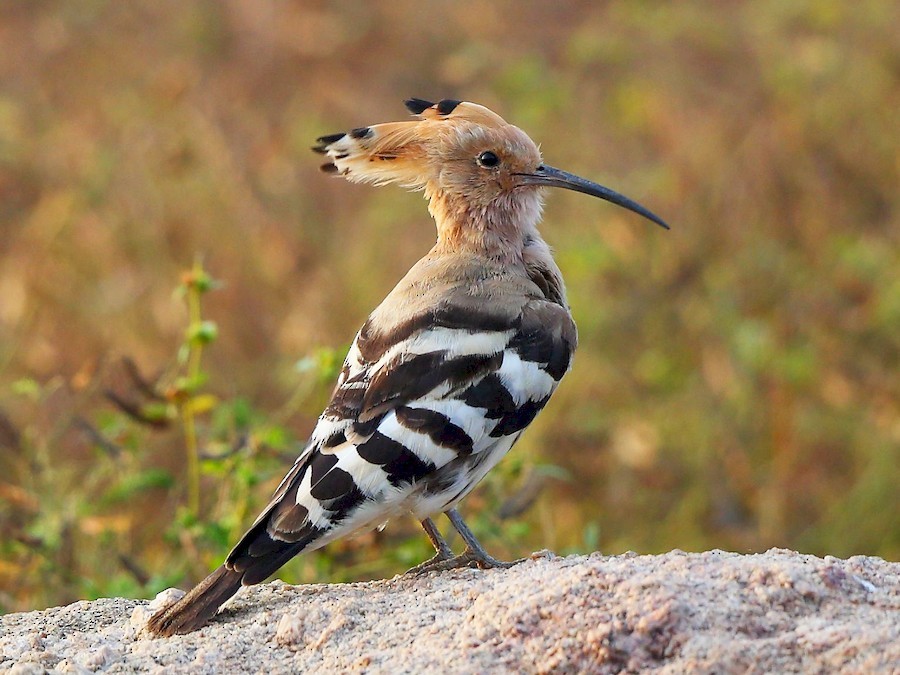
Eurasian Hoopoe
Scientific Name: Upupa Epops
Hoopoes are colourful birds found across Africa, Asia, and Europe, notable for their distinctive “crown” of feathers.
The hoopoe has two basic requirements of its habitat: bare or lightly vegetated ground on which to forage and vertical surfaces with cavities (such as trees, cliffs or even walls, nestboxes, haystacks, and abandoned burrows) in which to nest.
The diet of the hoopoe is mostly composed of insects, although small reptiles, frogs and plant matter such as seeds and berries
Oriental Magpie-Robin
Scientific Name: Copsychus Saularis
The oriental magpie-robin is a small passerine bird. They are distinctive black and white birds with a long tail that is held upright as they forage on the ground or perch.
They are particularly well known for their songs and were once popular as cage birds. They can be mostly seen close to the ground, hopping along branches or foraging in leaf-litter on the ground with a cocked tail. Males sing loudly from the top of trees or other high perches during the breeding season.
